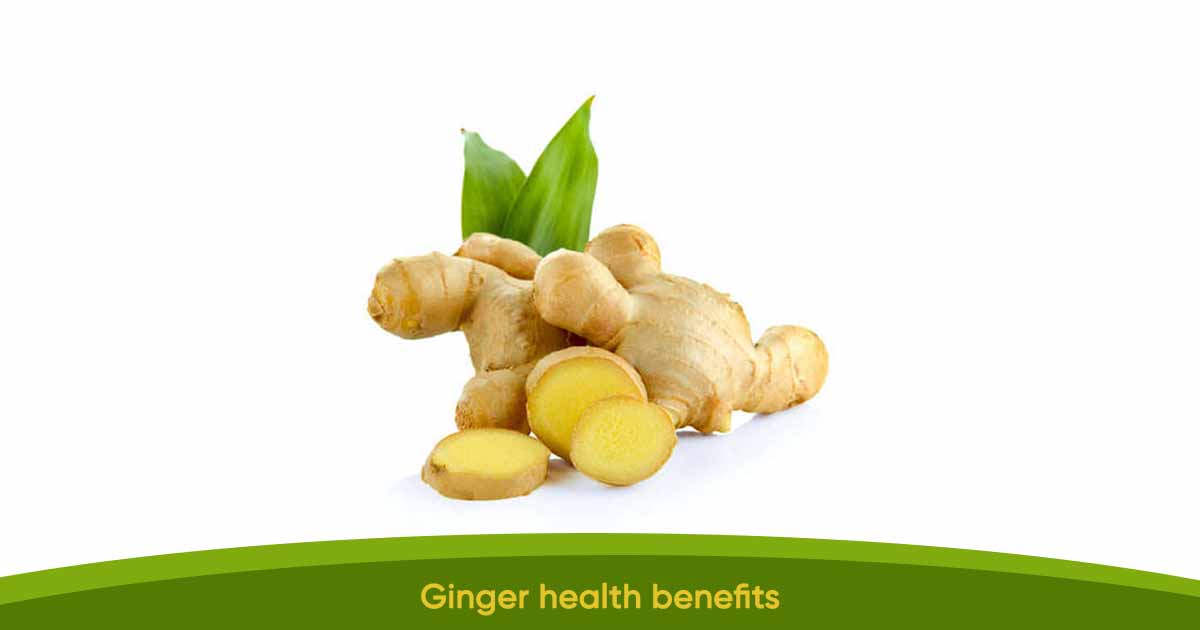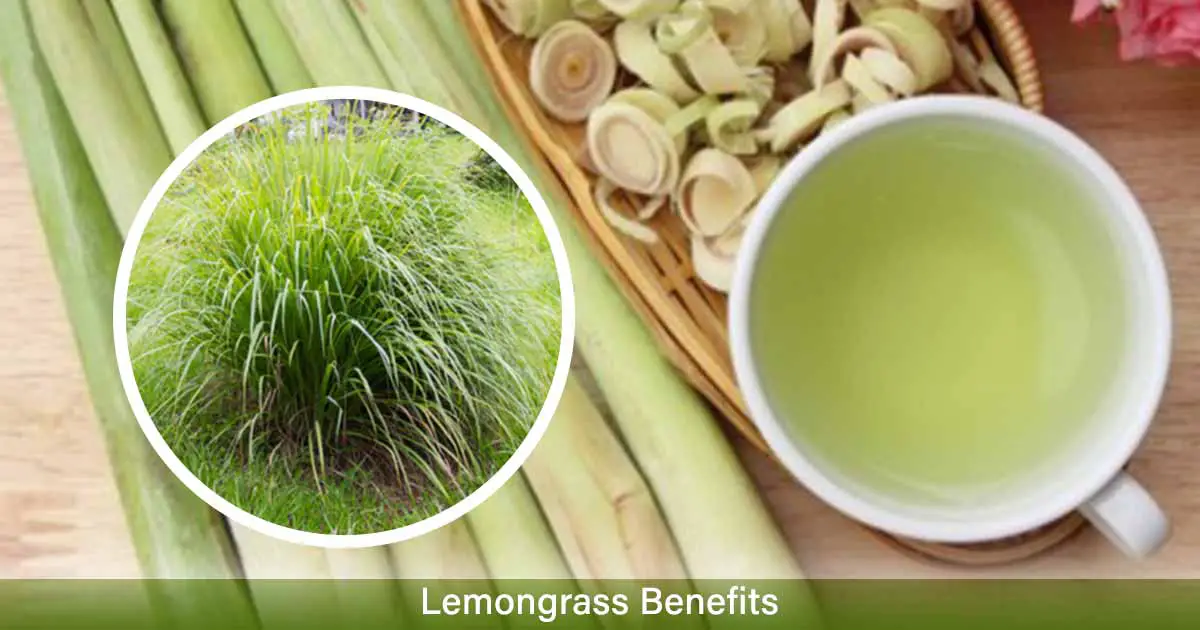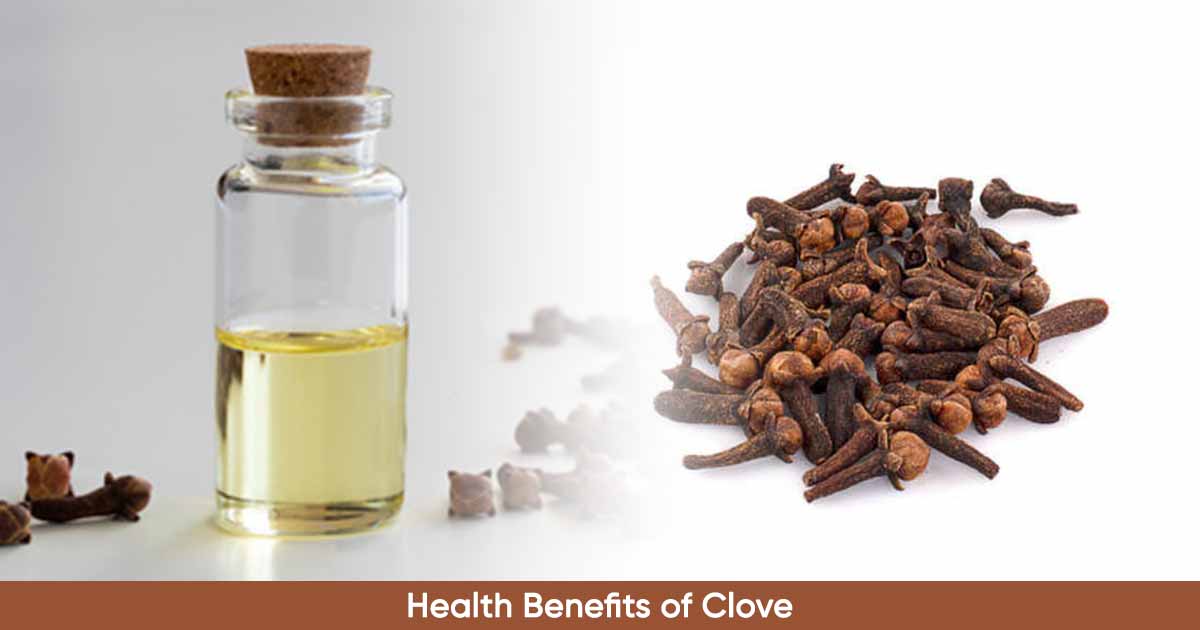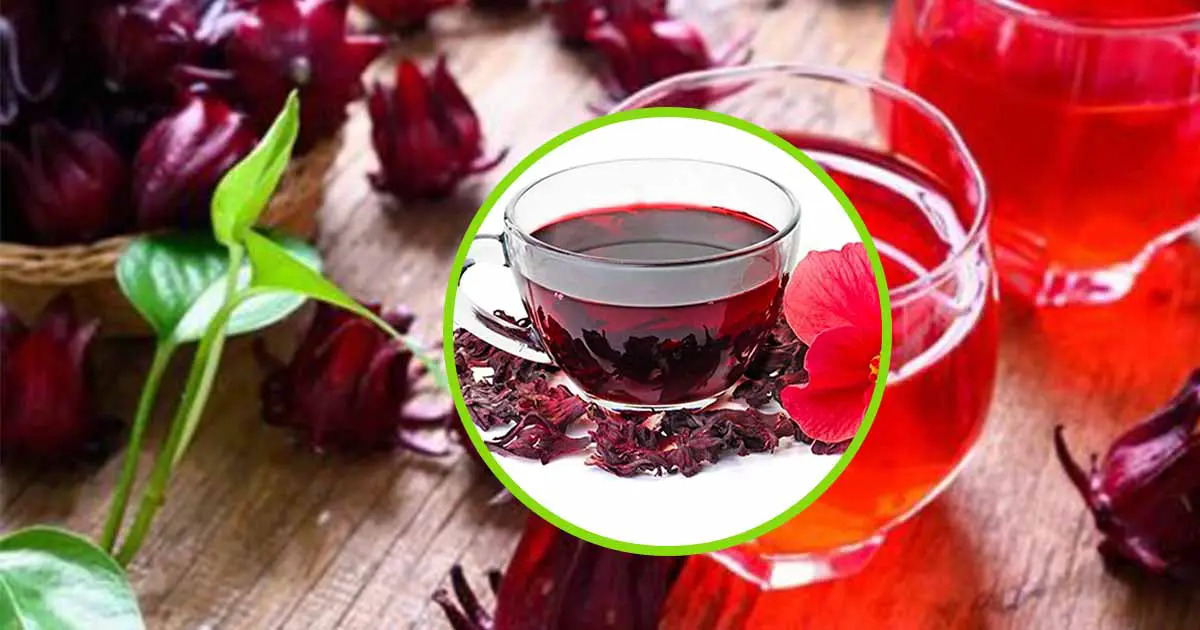Turmeric is a wonderful plant with so many health benefits. Additionally, the use of turmeric for skin care products has found its use in many home remedies preparations and products. The antioxidant, antibacterial, and ant inflammatory properties are highly utilized in skin care routine for various purposes.
The bioactive element, curcumin, is mostly responsible for the actions and health benefits.
Different uses of Turmeric for Skin Care
There are so many uses of turmeric for skin care, and they include:
1. To use turmeric for skin care routine, you need to mix together two teaspoons of turmeric powder, one tablespoon curd, one tablespoon of milk and a few drops of squeezed lemon juice. Apply the paste on the affected area and let it sit for about 15 to 20 minutes. Rinse with lukewarm water.
2. Turmeric can help wounds heal by decreasing inflammation and oxidation. For use in wound healing, prepare a turmeric paste at home, mix one teaspoon of turmeric with half a teaspoon honey. Apply this thick paste on the affected area and leave it on for 15 minutes. Rinse with water and follow it up with a mild face wash or cleanser.
3. Turmeric helps fight acne. With its antiseptic and anti-inflammatory properties, it benefits your skin by preventing bacteria and reducing the redness and swelling of the blemish. Turmeric mixed with apple cider vinegar makes for an effective spot treatment. For acne, combine turmeric with warm water and honey.
4. Dark circles can be heredity, or caused by over-exposure to the sun, lack of sleep, pigmentation, and even scratching or rubbing the eyes. Turmeric can reduce dark circles and puffiness.
To achieve this, mix together two teaspoons of turmeric powder, one tablespoon curd and a few drops of lemon juice. Apply the paste on the affected area and let it sit for about 15 to 20 minutes. Rinse with lukewarm water.
5. Turmeric can help to treat stubborn acne scars or pimple marks, and minimize scars. Curcumin helps to reduce excess production of melanin, which in turn lightens scars and keeps even the skin tone.
To prepare a turmeric face mask at home, mix one teaspoon of turmeric with half a teaspoon honey. Apply this thick paste on the affected area and leave it on for 15 minutes. Rinse with water and follow it up with a mild face wash or cleanser.
6. Turmeric helps in moisturizing dry skin as it deeply hydrates and nourishes the skin and speeds up the process of removing dead skin cells. Treating your skin with a turmeric-infused mask is sure to leave you with soft, hydrated and healthy skin.
7. Turmeric prevents the skin from sun damage and early signs of aging. The curcumin compound present in turmeric has strong antioxidant properties.
To prepare an anti-ageing face mask at home, mix together one teaspoon of turmeric powder, milk and honey each. Apply the paste on cleansed skin. Let the mask sit on your face for about 15 minutes before rinsing with cool water.
8. To make turmeric stretch mark-healing paste at home, you will need to mix one tablespoon olive oil, one teaspoon turmeric powder with a few drops of lemon juice. Rub the mixture onto the affected areas twice a day.
9. A combination of turmeric and neem plant may be very effective in treating scabies, a condition caused by microscopic mites.
10. Turmeric prevent hyperpigmentation (patches of skin that are darker than the normal surrounding tissue), scars, and other long-term skin concerns.
For hyperpigmentation, combine turmeric with yogurt and lemon juice for extra nourishment and brightening effects.
11. When applied topically, turmeric may reduce skin irritation. For irritation, mix turmeric extract with aloe vera gel for natural soothing effects. For antioxidant effect, simply combine turmeric with water.
To manage wrinkles, combine turmeric with yogurt and lemon juice.
12. Turmeric benefits the skin by treating severe conditions such as psoriasis, alopecia, lichen planus, rosacea, eczema, and other skin issues because of its anti-inflammatory and antibacterial properties.
To do this, mix equal parts of turmeric and coconut oil. Apply the mixture on red, itchy, inflamed or irritated skin. This turmeric recipe will help cool and fight such skin conditions.
Consideration in Preparing Turmeric Face Mask
To avoid time-wasting and messy face mask when using turmeric for skin care,
- Make sure you use extra care when applying and mixing up your own recipe.
- Combine turmeric powder or extract with a thickening agent to make a paste.
- No matter which recipe you choose, leave the mask on for about 10 minutes at a time. Rinse thoroughly with warm water and follow up with desired toner, serum, and moisturizer.
- Avoid leaving on overnight, as turmeric has the propensity to stain (especially if you have lighter skin). You can try washing your face with milk if there is some staining from this yellow spice. You can use the mask up to two to three times per week.
References:
- https://www.healthline.com/health/turmeric-for-skin
- https://www.goodhousekeeping.com/beauty/anti-aging/a39867126/turmeric-for-skin/












